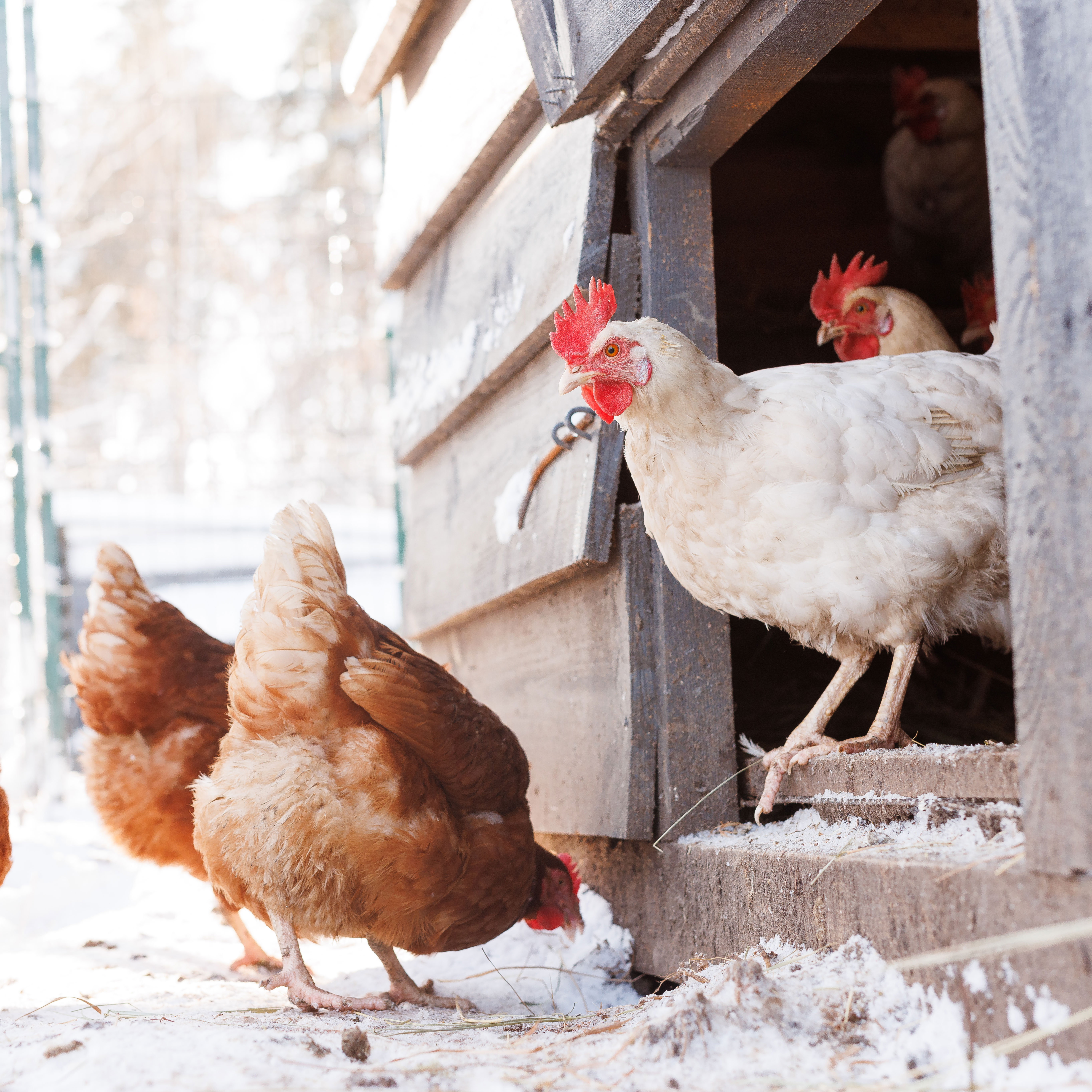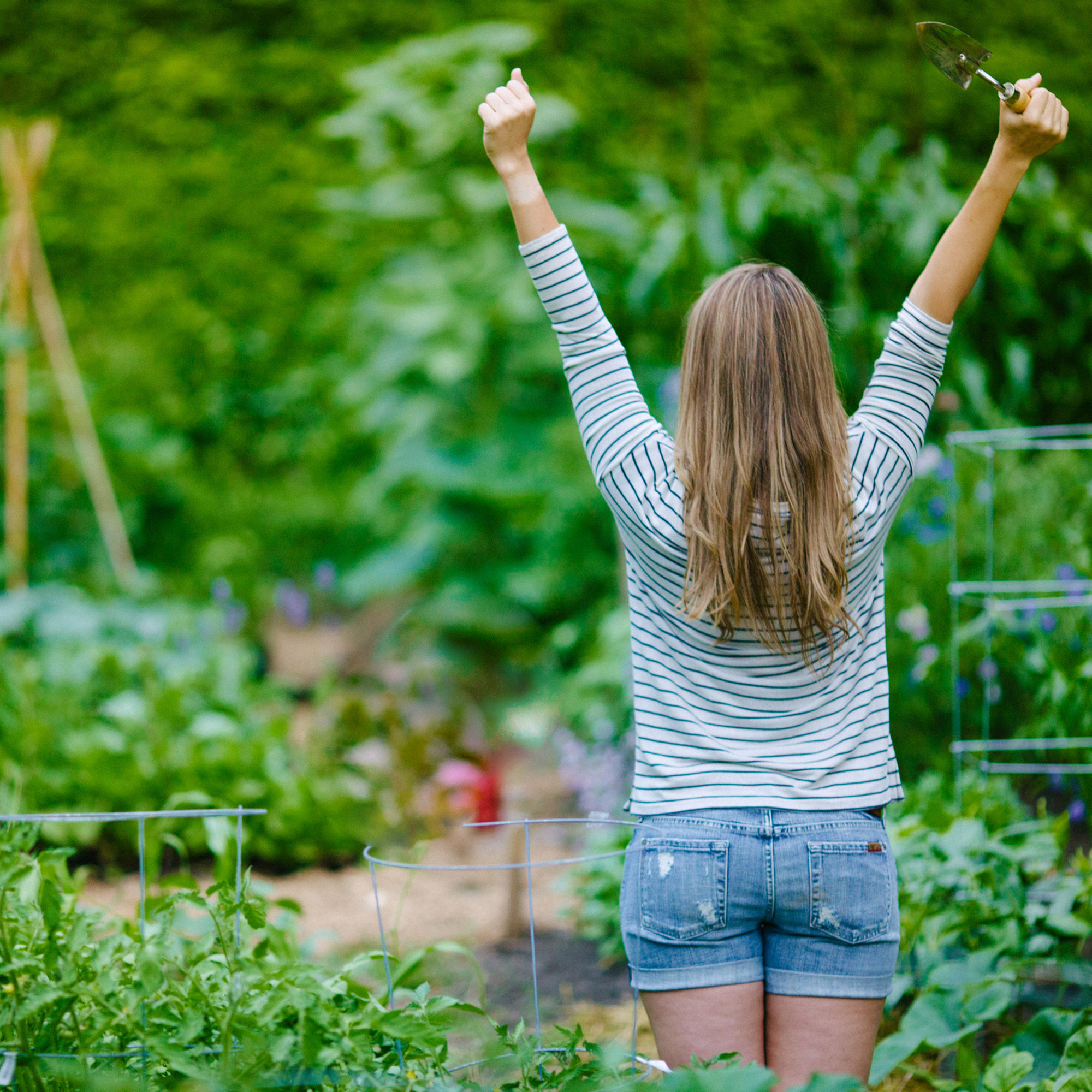
Abstract
Plants can modify soil properties over time through interactions with soil microorganisms, creating a legacy that may influence subsequent plant growth. This study investigates how soil vegetation covers affect growth and nutrient uptake and phosphorus (P) and nitrogen (N)use efficiencies in two eucalypt species, and the impact of new plant cultivation on soil microbial traits. Using a greenhouse microcosm experiment, we compared soils from a 20-year eucalypt plantation (Euc) and secondary vegetation (Sec) covers, cultivated for five months with Eucalyptus grandis, E. globulus, or left uncultivated. We measured plant growth, P and N concentrations, root and soil enzyme potential activities, and soil properties. Results showed that E. globulus plants in Euc soil had 23% higher shoot biomass production and 27% greater P uptake efficiency compared to plants in Sec soil. Both eucalypt species showed improved P and N use efficiencies in Euc soils, suggesting beneficial soil legacy effects. Furthermore, microbial traits related to arbuscular mycorrhizal (AM) fungi persisted partially in Sec soils, suggesting a beneficial AM fungal legacy for new eucalypt cultivation. The potential activity of enzymes associated with soil carbon and sulfur cycles was clearly influenced by plant presence, whereas enzymes related to the P cycle maintained their potential activity regardless of plant presence, indicating a lasting soil legacy for P mineralization enzymes. The results highlight the role of plant-soil feedback in nutrient utilization and suggest that soil management strategies should consider past vegetation to enhance sustainable eucalypt production.


